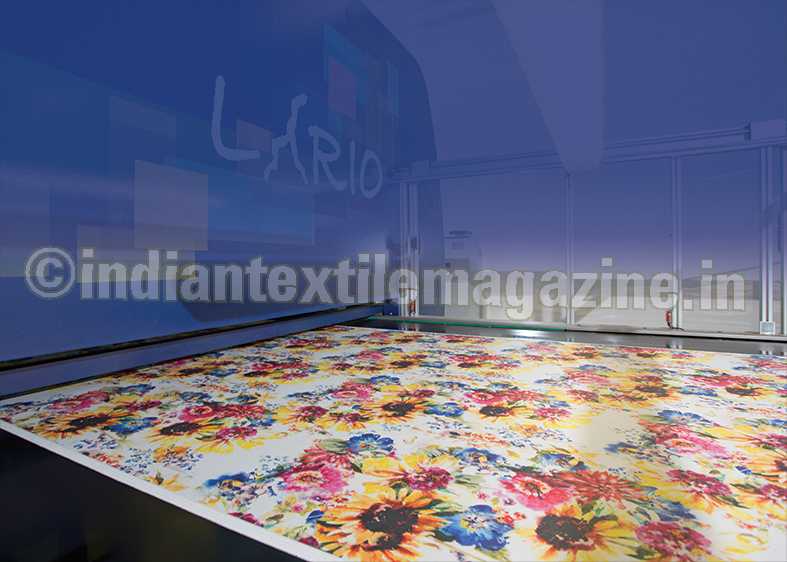Worldwide output of digitally-printed textiles is growing at an annual rate of 25 per cent, according to a report from Textiles Intelligence.
Digital textile printing has a number of important advantages over screen printing. For example, it offers greater freedom of creativity and flexibility in design and is more cost efficient for short print runs. Also, it is more environmentally friendly. It enables physical inventory levels to be reduced and requires less capital investment. It has a smaller production footprint.
Furthermore, adoption of digital textile printing helps manufacturers to adapt more quickly to changes in global sourcing trends and consumer demand.
At present, digitally-printed textiles account for just two per cent of the total printed textile production worldwide. And, despite rapid growth, they will still account for only a five per cent share by 2017.
However, there are many opportunities which provide the digital textile printing industry with scope for future expansion. In particular, whereas production of digitally-printed textiles is currently weighted heavily towards developing countries, there is likely to be an increase in production in European countries in the future.
The increase in production in European countries will be driven by the fact that some European textile companies are looking to reshore a proportion of their production operations from developing countries to European countries in order to satisfy local tastes, facilitate quick response (QR) manufacturing, release a greater number of collections each year and hence serve the fast fashion market better.
There are also opportunities for expansion in the luxury apparel segment as digital textile printing enables retailers of luxury apparel to produce small quantities of high quality, limited edition pieces cost efficiently.
Further scope for expansion lies in the area of mass customisation, whereby a consumer is able to personalise a product by choosing a design on a dedicated web page in a retailer’s online store for subsequent production by a digital textile printer.
Digital textile printing will also become more important in the home textiles sector as consumers increasingly view home textile products as consumables, and update their home furnishings and bedding more frequently.
Among non-consumer applications, there are major opportunities for the digital textile printing market in soft signage. This field is ideally suited to digital printing as customers in this sector usually order in small quantities, and digital textile printing is capable of producing short print runs cost effectively.
Soft signage made from digitally printed polyester fabric has some practical advantages over the traditional hard signage and PVC signage. In particular, it is stable in hot environments, whereas the performance of hard signage and PVC signage can be adversely affected by hot weather and variable humidity.
As such, the use of digitally printed polyester fabric provides manufacturers of signage with scope for expanding their businesses to countries with warm climates in which hard signage and PVC signage would not be suitable.
However, the widespread adoption of digital textile printing as a tool for commercial-scale print production will ultimately depend on the ability of machinery manufacturers to develop digital textile printers with production speeds which rival those of conventional textile printing machinery.

